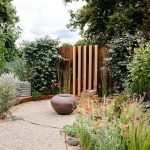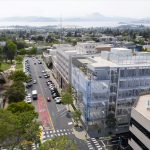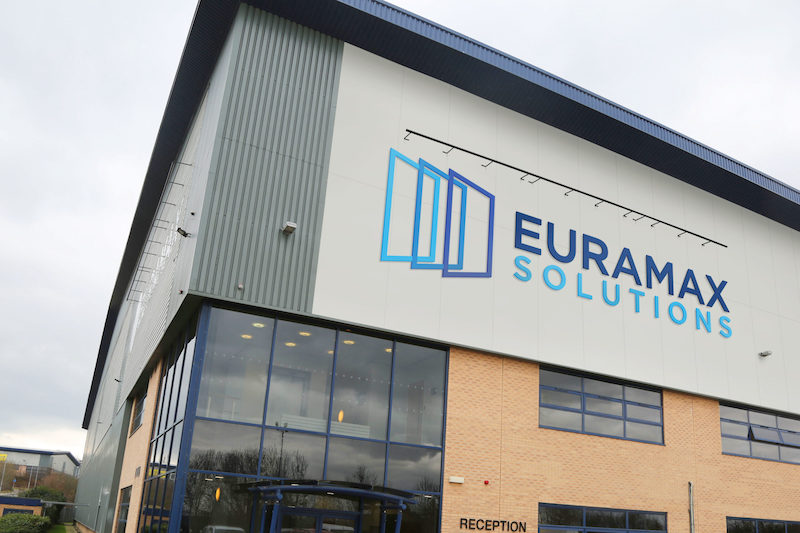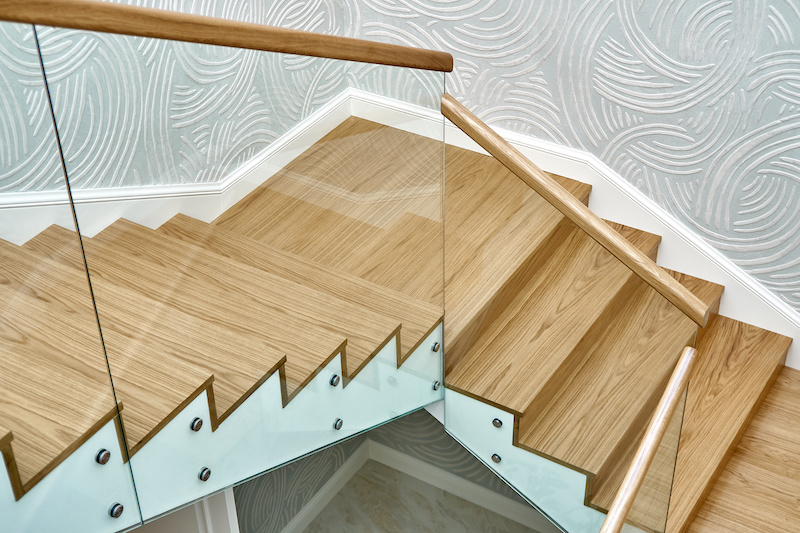Revitalising older buildings with rainscreen cladding

Many buildings constructed during the early part of the last century are past their ‘sell by date’, yet they still have the ability to generate a sense of nostalgia in all of us. Perhaps we can all imagine that feeling of loss when a building we have been familiar with all our life is demolished.
That creates a conundrum for developers; look for ways of revitalising these structures, without having to undergo the disruption and expense of demolition, or to build new.
Modern rainscreen cladding systems are able to bridge what can sometimes appear an impossible architectural chasm between these two options.
There are many thousands of existing buildings like this, just waiting to be brought up to date so that they can yet again become an important part of our towns and cities. Many of these iconic buildings are protected by English Heritage listings, although advances in cladding system material and finishes allow these requirements to be met.
Originally designed with the materials available at the time, which tended to be precast concrete and masonry, these buildings now require a practical refurbishment solution. This is because they have to stand on their own against the multitude of contemporary-designed, new buildings now appearing in our city centres. The challenge for specifiers is whether to – and how to – retain a link with the past, whilst bringing them up to date with modern building performance requirements.
An increasing number of building designers are choosing rainscreen cladding because, as a relatively lightweight system, they facilitate retention of the original structure, whilst enhancing the outwardly-projecting image.
That is important because, for example, many civic and public buildings were designed with large open spaces, such as dance and concert halls, that creates a very usable space internally if a change of use is intended.
When most people think of modern rainscreen facades the image they have is steel and glass cladding systems that are so often found in our city centres. These continue to be popular for their aesthetics, however architects are increasingly looking to use more authentic materials within cladding structures. Innovation in external facades means that there is now a wider choice of materials and finishes which are able to transform existing buildings.
Rainscreen cladding that incorporates a rear ventilated cavity has other benefits, apart from its lightweight, strong properties. One of these is the ability to prevent moisture from reaching the main building structure, protecting it from constant wetting and drying action.
When materials are correctly specified, ‘over cladding’ an existing building also offers an effective means of upgrading energy efficiency, and is also more cost effective and less disruptive than demolition and new build.
More and more designers are picking up on the preference for compartmentalising the façade with different cladding materials and finishes. The use of copper is a great example of how this approach is able to add to the diversity of our cityscapes and blend the old with the new.
Copper has been used for centuries because of its low maintenance although its ability to mellow with age is another reason why it is gaining popularity on rainscreen cladding systems. As a material, its malleability can also be used to form complex shapes.
Other façade materials, such as weathered steel, remain a popular choice because they can retain a link with our industrial past, yet still with a hint of modernity. Weathered steel has increased resistance to atmospheric corrosion in comparison with other steels, which is a result of the protective layer that forms on its surface, under the influence of the weather.
Rainscreen cladding systems are designed to protect the core structure of a building from rain and wind. It consists of an outer façade panel that can be made from a variety of metals including aluminium, steel and copper, plus others, which is mounted on a framing system.
This frame creates a rear ventilated cavity between the reverse of the panel and the main building structure. It is the simplicity of a rainscreen cladding system that appeals, in the sense that the constant circulation of air up through the cavity protects the underlying structure.
Beyond its building performance benefits, rainscreen cladding is able to make an old building look like new. For the many thousands of buildings in the UK that are now presenting developers with the conundrum; refurbishment or new build, rainscreen cladding just might be the lifesaver that our architectural heritage needs.
Simon Gregory is Sales Manager at Proteus Facades
















